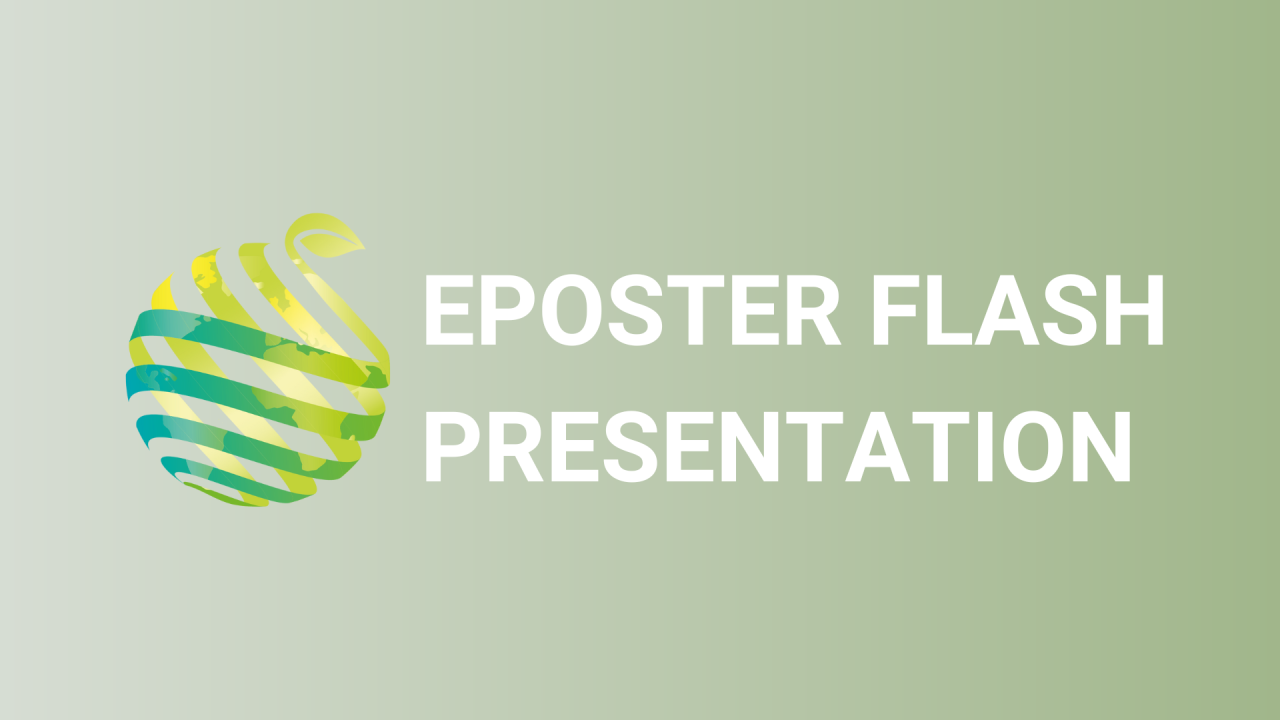

S09 - Session P2 - Supplemental LED light to reduce structural shadings in a rooftop-integrated greenhouse where tomatoes are grown
Information
Authors: Elisa Appolloni*, Giuseppina Pennisi, Andrea Crepaldi, Gaia Stringari, Francesco Orsini, Xavier Gabarrell, Giorgio Gianquinto
Rooftop Agriculture is a form of building-integrated agriculture, which uses unused urban spaces such as the flat roofs of various building typologies (e.g. schools, hospitals, supermarkets, offices) to grow crops, allowing the cultivation in the city without adding competition on urban land. This form of agriculture can be carried out both in open-air and inside protected structures. In the latter case, the cultivation takes place in rooftop greenhouses that can be connected to the metabolism of the building, exchanging energy, water and CO 2 flows. When a greenhouse is built on top of a building, the safety codes (e.g. fire, seismic codes) can be very stringent, requiring the strengthening and securing of the structure with supporting elements or greenhouse items (e.g. ventilation ducts, concrete pillars). These elements can be very bulky and determine shading effects on the vegetation. Besides, overall greenhouse transmissivity is also limited by restrictions on the choices for cladding materials, given that many plastic covers are not fire-resistant. Reduced light, however, may have negative effects on the productive and vegetative capacity of plants. The present study targets the assessment of how supplementary LED lighting may affect yield and quality of tomatoes ( Solanum lycopersicum ) grown in a rooftop greenhouse at the ICTA-UAB building of the Universitat Autonoma de Barcelona. The experiment comparatively assessed three lighting treatments and a control cultivated under natural light only (CK). Applied LED treatments were Red and Blue (RB), Red and Blue + Fra-Red (FR) the whole day, and Red and Blue + Far-Red at the end-of-day (FR-EOD), added to natural sunlight for 16 h d -1 (h 8-00) with an intensity of 180 µmol s -1 m -2 . Although no yield differences were observed between treatments, artificial lighting significantly altered plant physiology and growth parameters.